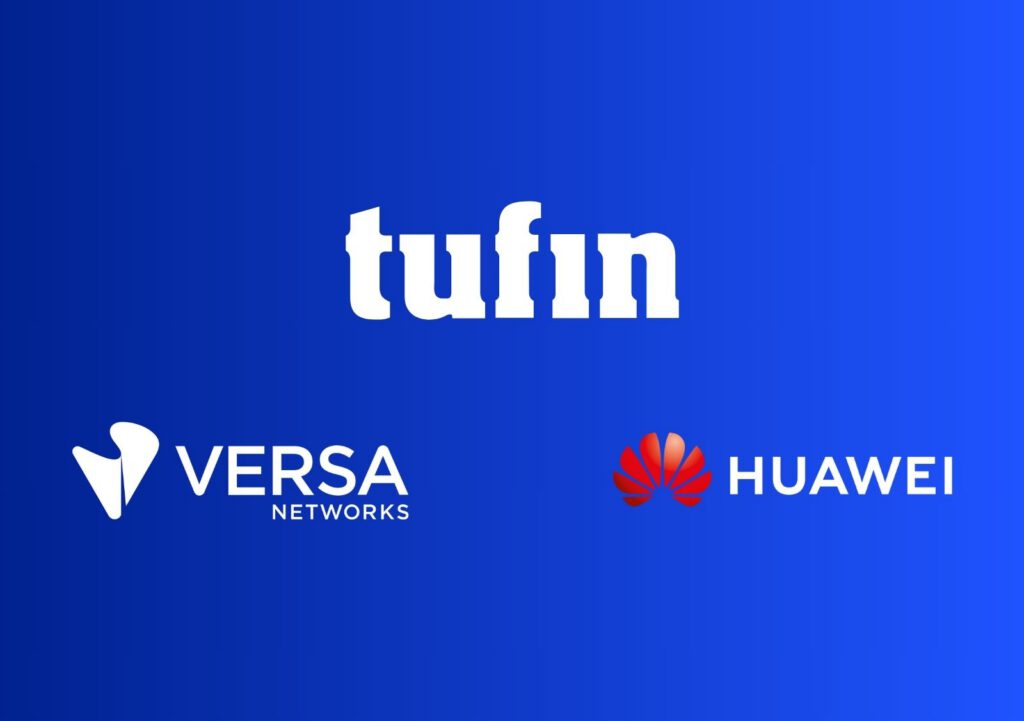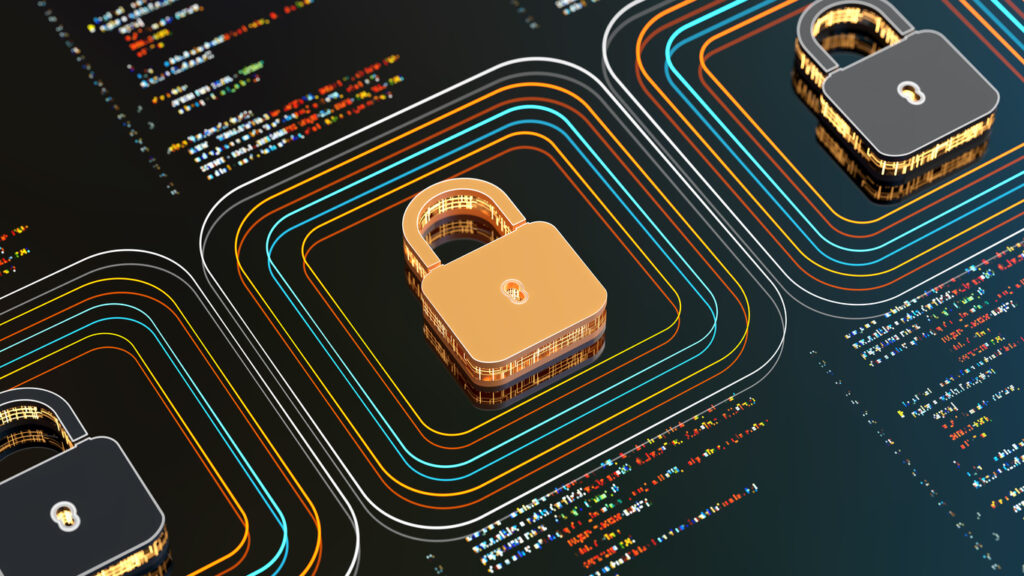Every major breach starts with something small. A single vulnerable device. One reused password. An overlooked misconfiguration. That’s all it takes for an attacker to get in.
What happens next depends entirely on what they can reach. That’s where segmentation matters. When done right, it defines the attacker’s limits. Eventually they hit a wall, and the exploit loses its ability to spread. The damage stays contained, and your team gets the breathing room to act before things spiral out of control.
Zero Trust has sort of become a buzzword in today’s security conversations, but at its core it’s simple: trust no one, verify everything. It’s about controlling access after verification, and segmentation is the foundational principle that makes this possible.
Segmentation gives Zero Trust its structure. Without it, enforcement breaks down. These policies define access boundaries, control how traffic moves, and ensure consistent enforcement across the network. So how do you actually make segmentation work? What does it look like when it’s done right?
The attacker’s reach stops at your segmentation boundaries
It’s easy to think of segmentation as a technical exercise. Break the network into smaller pieces. Group systems by function. Reduce congestion. But segmentation matters most when something breaks.
That’s when it becomes clear what can move where. If an attacker lands in one area, segmentation decides what else they can reach. One segment might be isolated. Another might allow controlled access. These boundaries slow down or stop movement entirely. That’s what gives your team the chance to contain the incident.
Segmentation lets you define access across the environment. You decide what can talk to what, under what conditions, and through which protocols. Those decisions become enforcement. That enforcement needs to be applied across firewalls, cloud networks, hybrid zones, and identity systems. You don’t want to depend on tribal knowledge. You want clear, visible boundaries.
This becomes even more important when policies change. The more segmentation is aligned with how the business operates, the easier it is to adapt. You can monitor, adjust, and improve without redoing your entire model.
That’s what makes segmentation more than a static map. It’s an active control system. And it’s the layer that allows Zero Trust policies to operate. If you’re assuming compromise, segmentation decides how far that compromise can go.
Turn a single use case into a template
Most teams start by looking at firewalls or platforms. But the real starting point is knowing what you’re protecting. That means identifying systems, services, and processes that matter. To do that, you need input from the people who run them. Talk to infrastructure, application, and cloud owners. They can tell you what exists, where it lives, and how it’s used.
From there, focus on one goal. A single use case. Maybe it’s isolating a production system. Maybe it’s protecting cardholder data or locking down access to an internal application. Choose something critical and specific. Something you can fully understand and control.
Trying to cover everything from the start slows projects down. Complexity builds up, and teams lose track of what they’re solving for. When you start small, you can see what works and expand with confidence.
Your first use case becomes your blueprint. It helps you document what good looks like. Once it’s working, you can apply it to new segments, systems, or teams. That’s how segmentation scales in a way people can actually manage.
What about Microsegmentation?
Microsegmentation gets a lot of attention, especially in cloud and Zero Trust conversations. It refers to very fine-grained policy control at the workload or even process level. That level of precision can stop threats early by limiting movement inside a compromised environment.
But not every environment needs that level of control. Managing policies at such a granular level introduces overhead. It takes time and focus to maintain policies for every path and endpoint.
Many organizations achieve strong outcomes using broader segmentation with clearly enforced boundaries. What matters is defining what can access what, and enforcing that consistently.
If you’re securing cloud workloads, isolating critical databases, or protecting high-risk applications, microsegmentation can be valuable. In less sensitive environments, simplicity is often the better strategy. Knowing when to go deep and when to stay broad is what makes segmentation sustainable.
It is possible to use microsegmentation through things like security groups, next-generation firewall rules, or cloud-native controls. But not everything needs that level of enforcement. Some environments are better served with broader segment definitions. Zero Trust doesn’t mean you must microsegment everything. It means you must control everything.
Designing a strategy that supports Zero Trust
Start by mapping what you already have. Tools like your IPAM, firewall rules, and CMDB can tell you which assets are live, where they sit, and what they’re connected to. That gives you the baseline for building policy.
The next step is deciding what flows are actually necessary. That’s where you start to shape real policy. To guide this process, there are five practical steps many teams follow:
- Engage with stakeholders. Talk to system owners and infrastructure leads to understand what matters most and what needs protection.
- Use your existing tools. Pull data from your IPAM, CMDB, and firewalls to understand where assets live and how they connect.
- Classify what you find. Group systems based on function, sensitivity, or ownership to make policies easier to manage.
- Choose a single use case. Protect a known sensitive segment or apply a specific access rule. Prove it works before scaling.
- Keep it manageable. Avoid over-segmentation, especially in hybrid environments, so you can maintain visibility and enforcement over time.
Segments should be based on what needs to communicate, and anything else should be restricted. You want to reduce risk without interrupting legitimate activity.
Visibility is part of that process. You need to see who can access what, where traffic flows, and where the gaps are. Tufin integrates with your firewalls, cloud platforms, and other control points to give you that live picture. Without visibility, policies drift and enforcement weakens.
This isn’t a one-time setup. Networks change. Systems move. Teams launch new services. Segmentation only works when it evolves with the business. That means monitoring access, reviewing changes, and refining your policies as you go. The goal is continuous enforcement that adapts without gaps. A Zero Trust model depends on it.
Ready to Learn More
Get a Demo





